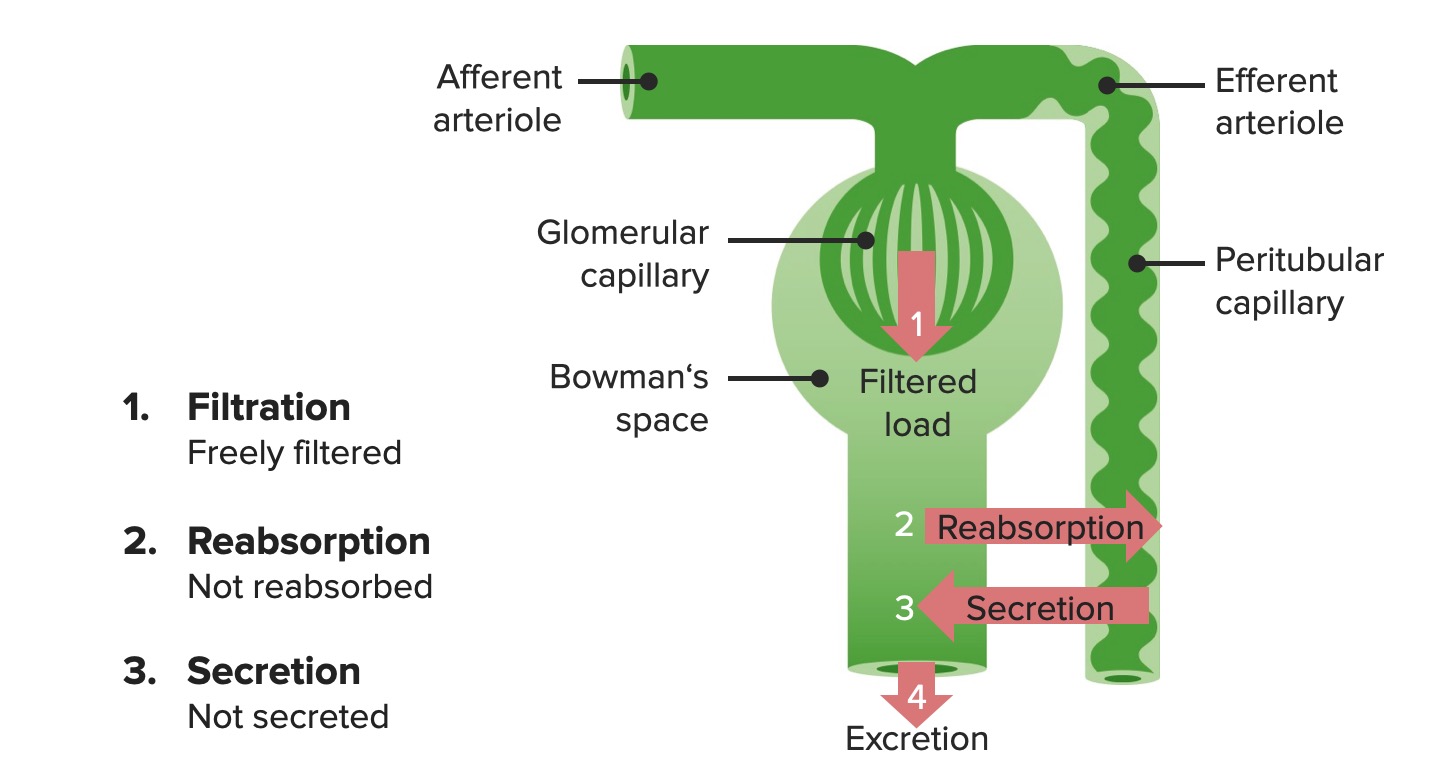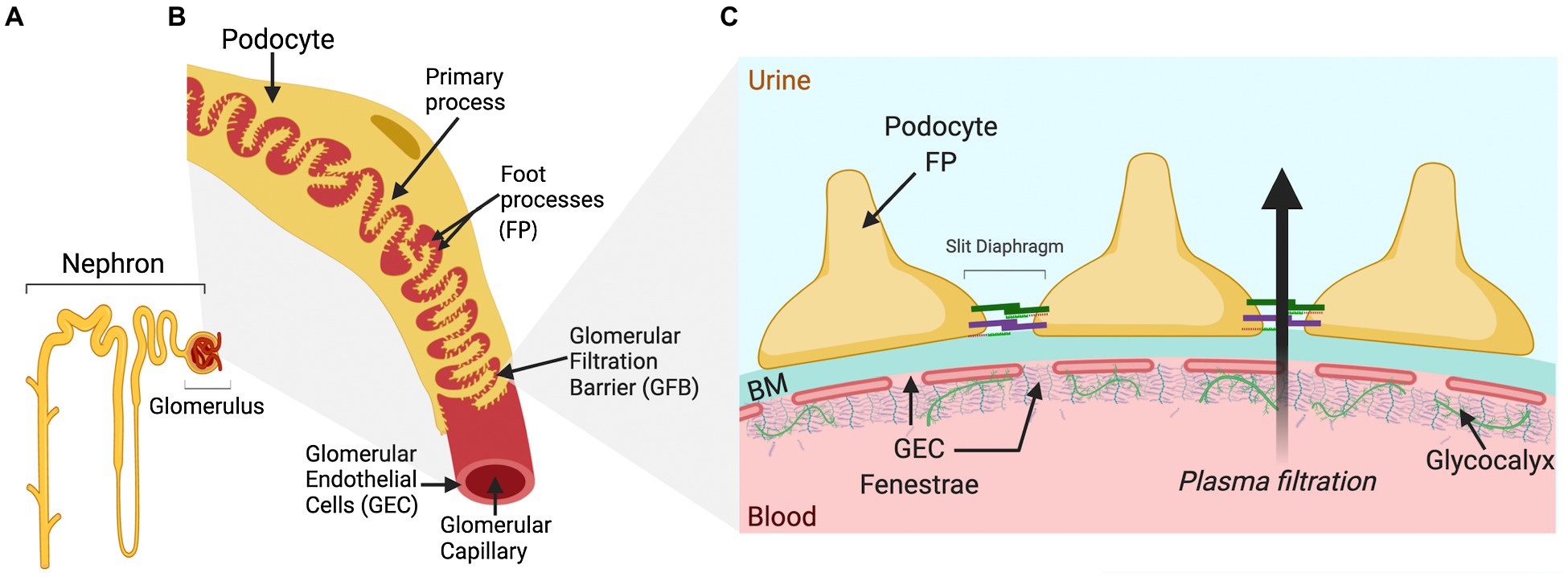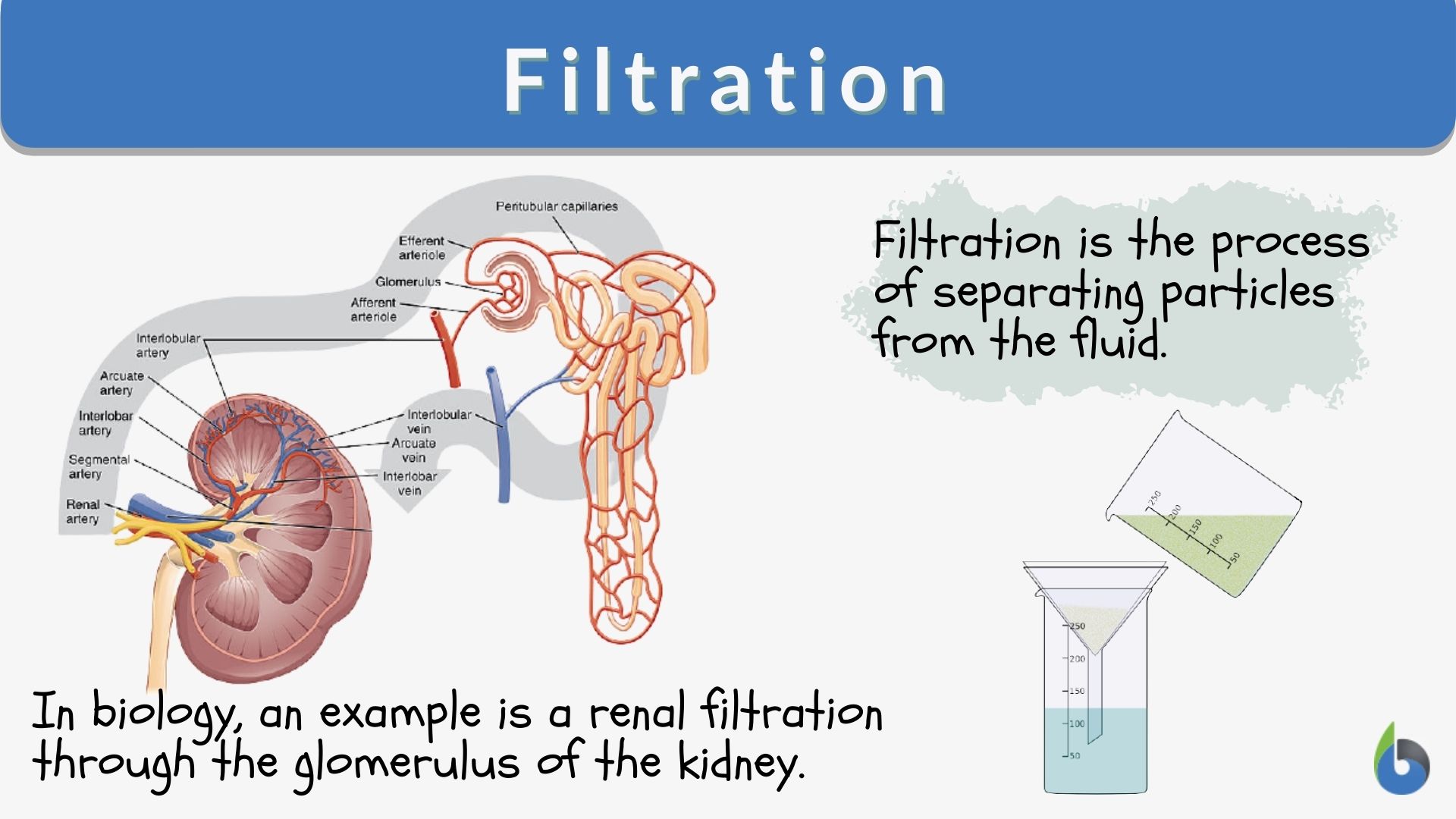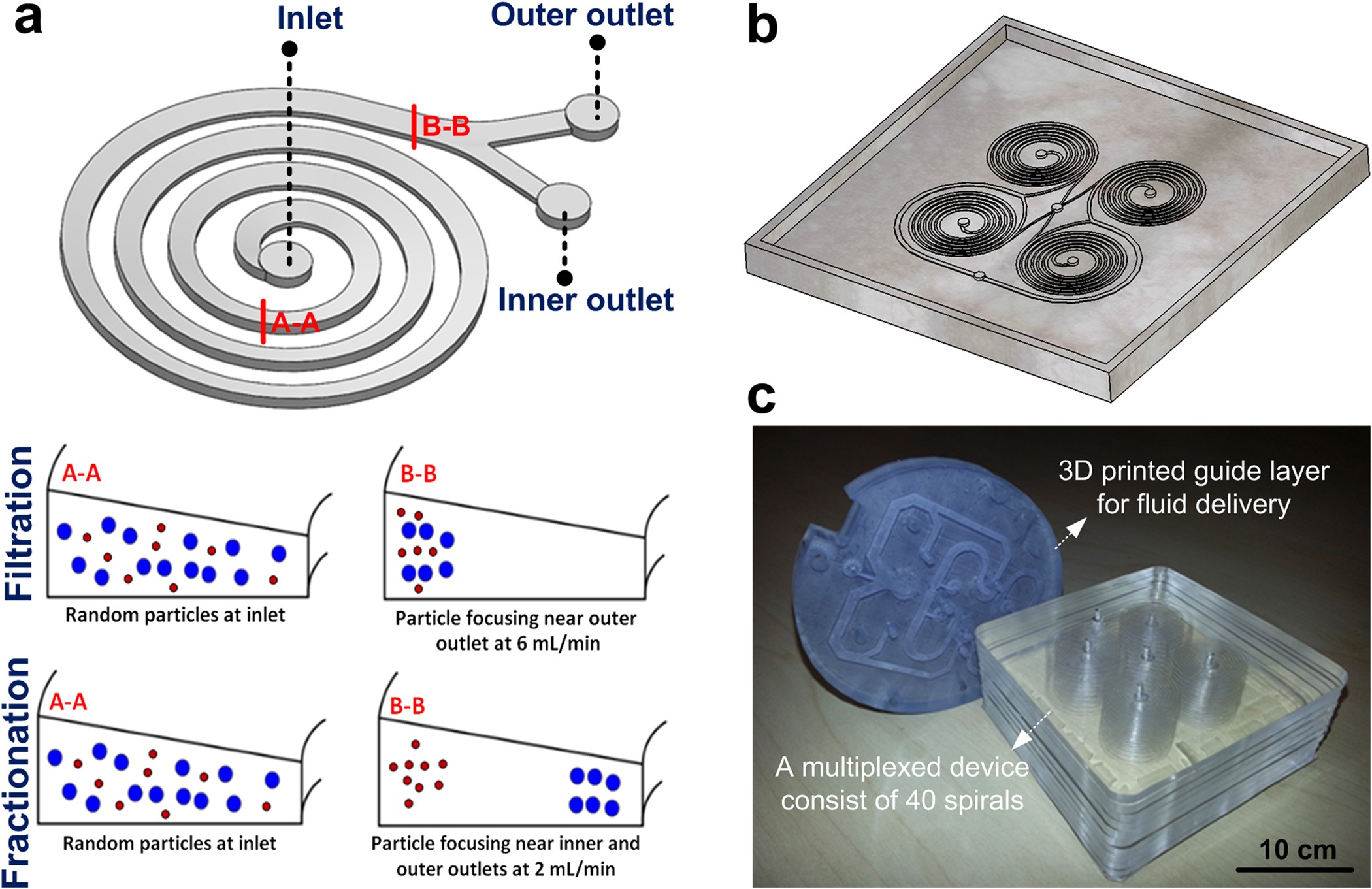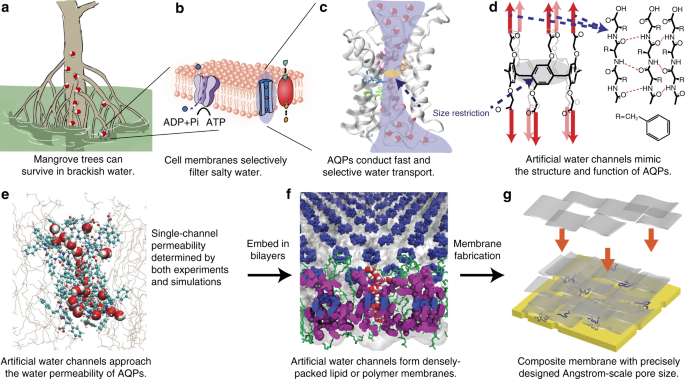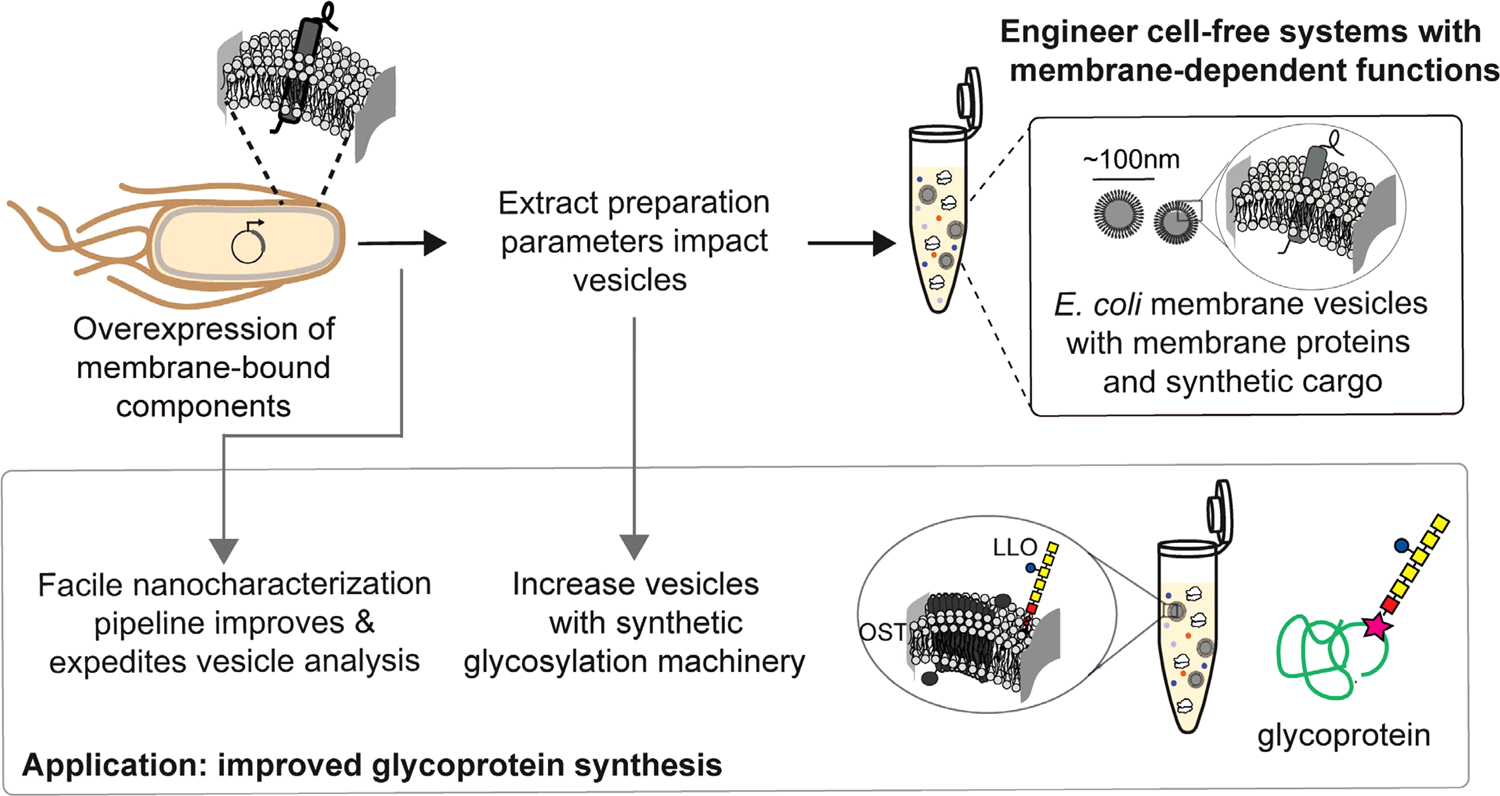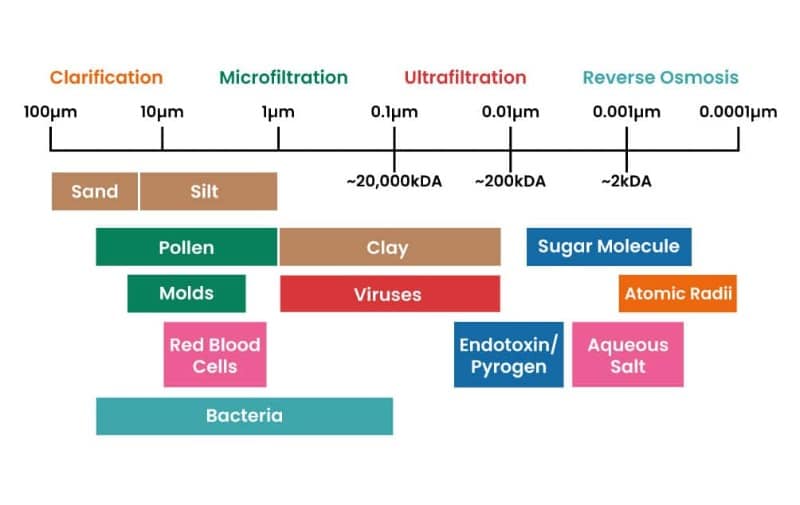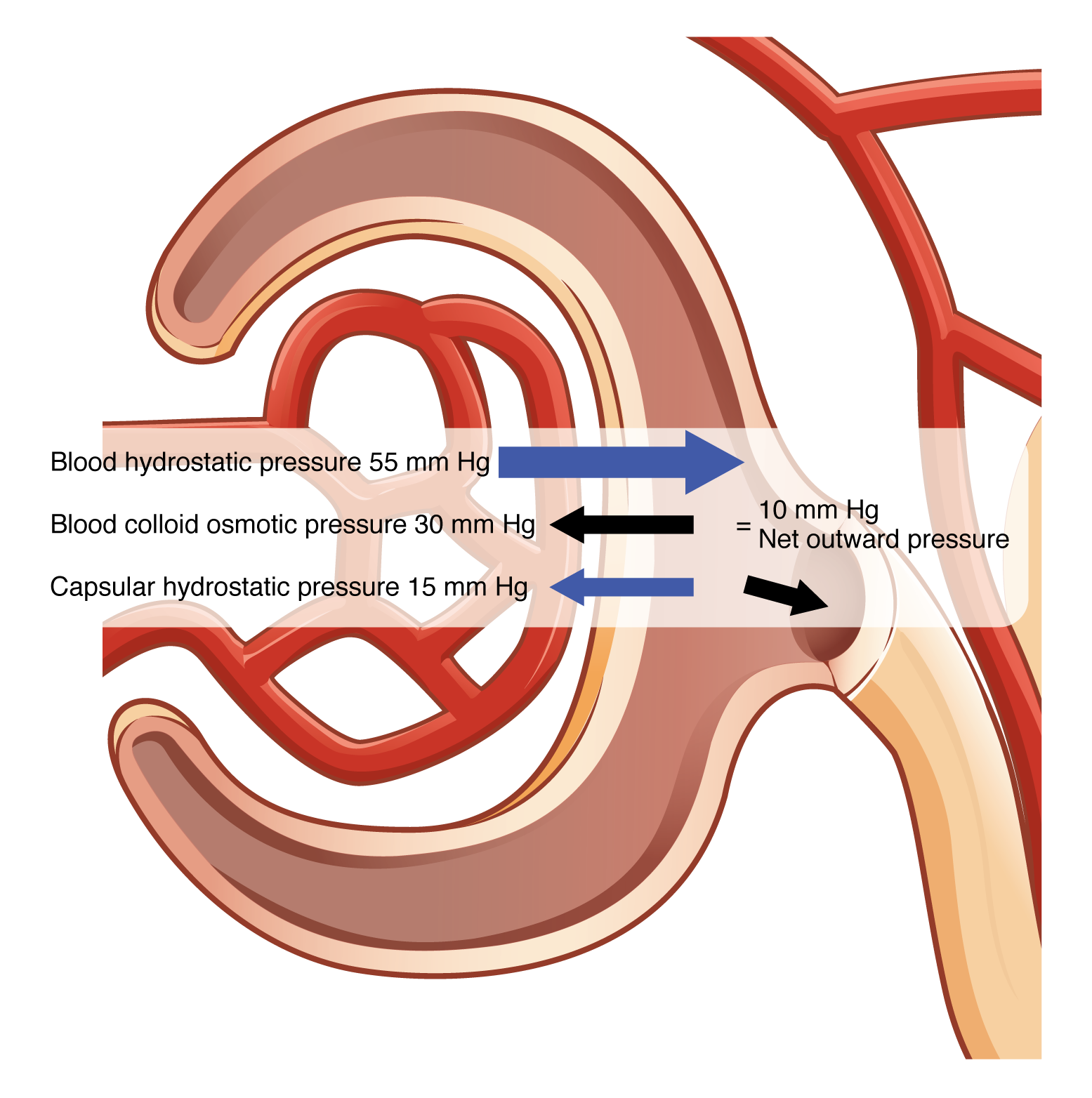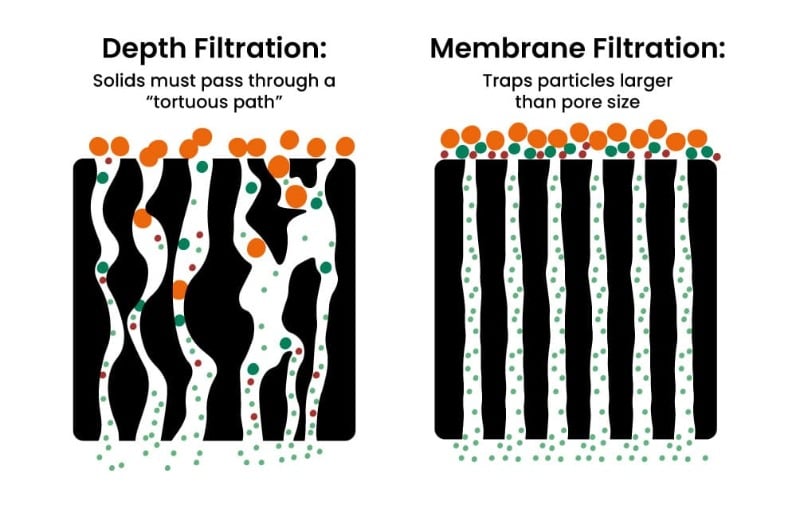Awe-Inspiring Examples Of Info About How To Increase Filtration Rate Through Living Membranes

Explain how you can increase the filtration rate through living membranes.
How to increase filtration rate through living membranes. Increasing the pressure increases the filtration rate since the molecules are able to pass through the membrane at a faster rate due to a harder (pressing down) force. Judging from the filtration results, indicate which solute has the larges moleculular weight. See answer (1) best answer.
How would you increase filtration rate in living membranes? The powdered charcoal had the largest molecular weight. A membrane should be selected for the required retention, coupled with.
Chemical coagulants are also used for treatment of wastewaters for removal of. A lab/pilot scale process typically involves recirculating retentate while. How can you increase the filtration rate through living membranes?
Ad pall® world's largest, most diverse filtration, separations & purifications co. Increase the pressure (vessel constriction) or increase the size of gaps (pores) in the membrane, or both. In addition, the flow rate through ceramic membranes can be greater.
The best way to increase the filtration rate in living membranes would be to increase the pressure applied. Biological membranes are selectively permeable some molecules can cross while others cannot. Coagulation is the central and most important process in conventional treatment to produce potable water.
One way to affect this is through pore size. Using membranes with higher nmwl ratings will increase the flow rate, but at the same time lower the retention. Membrane filtration is a method of separating particles in liquid solutions or gas mixtures.
This technique is used in a wide range of applications ranging from dairy processing to wastewater. The powdered charcoal had the largest molecular weight because it was not able to. The best way to increase the filtration rate in living membranes would be to increase the pressure applied.
